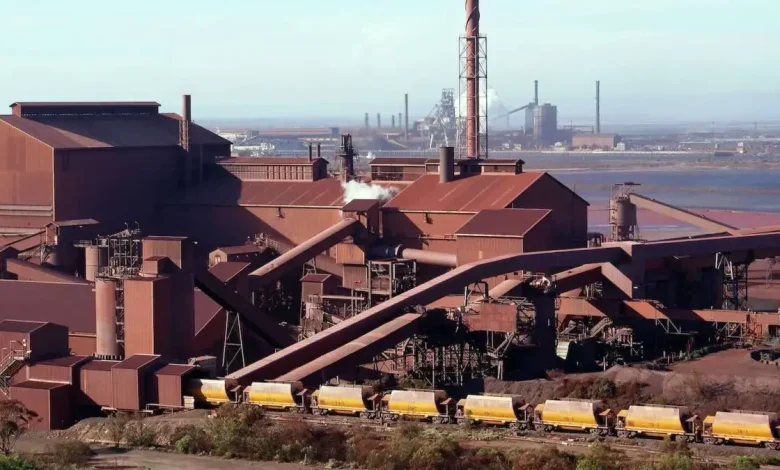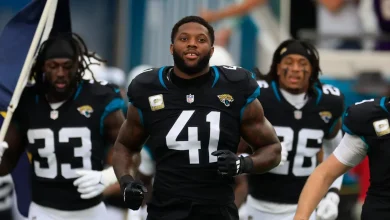High cost, fossil gas plan for Whyalla steel ignores a once in a century, nation-building opportunity

The Whyalla Steelworks now stands at a critical juncture. The future pathway of the anchor industry of a small town in northern South Australia – and a critically important part of Australia’s industrial infrastructure – will define the economic security of the region.
It will also be a test of the Australian government’s commitment to a Future Made in Australia (FMIA) and advancing its vision of a renewable energy powered re-industrialisation.
In February 2025, the South Australian government took decisive action to force the Whyalla Steelworks into administration to secure the long-term future of the Steelworks, and that of the region, before the starvation of critical maintenance and sustaining capital under the former ownership would have terminal impacts.
The federal and state government of South Australia jointly capitalised a $2.4 billion rescue package for the Steelworks, with $1.9 billion allocated to ‘investing in the future’ of the Steelworks. At the time they noted that the site is pivotal to Australia’s green steel ambitions.
This is the second period of administration within a decade for the Steelworks. This underlines the operational and financial challenges of continuing to rely on end-of-life, emissions-intensive, legacy blast furnace and fossil fuel-based manufacturing processes.
Yet there is serious risk that taxpayer money will be directed into a fossil gas-led transition, until such time that renewable hydrogen is commercially viable.
BlueScope Steel – Australia’s only other steelmaker – leads a consortium bidding to purchase Whyalla and has the right of last refusal. It does not accept the pathway to green iron and steel, and has demanded billions in gas subsidies if it is to proceed with its bid.
Our new report out today, A Strategy for Whyalla: Enabling the Transformation and Decarbonisation of the Steelworks, cautions against this course of action.
Leaving aside the flawed assumption that a gas phase for Whyalla is key to eventual decarbonisation, it is economically unviable.
South Australia has some of the highest-cost domestic methane gas in the gas producing-world at an average of $A13 a gigajoule over 2024-25, having risen at a compounding 10% every year over the last decade.
This is the most expensive gas of any Australian state and a 200-300% cost premium over gas prices paid by competing iron metal producers in the Middle East and North America.
CEF estimates fossil gas supply subsidies for a gas-based reindustrialisation of Whyalla, to just halve the competitive gap between markets, would exceed $1.7-2bn over a decade.
Furthermore, these subsidies would completely benefit Santos, which supplied Whyalla, a company that has paid zero corporate tax in the last decade on cumulative revenues of $47bn, and is a key player in domestic gas price distortion that is gutting our Australian heavy industry and households.
Additionally, a gas pathway for Whyalla would require hundreds of millions in investment into the expansion of enabling gas infrastructure, posing significant risks of an enduring gas lock-in. A methane gas ‘transition’ in Whyalla is not possible without such an investment.
Deploying public subsidies to lock in high-emissions fossil gas in an open-ended ‘transition phase’ for Whyalla would, in summary, be a grave misstep with drastic and ongoing budgetary and national interest impacts. It is completely misaligned with our climate commitments and decarbonisation goals.
Green iron is Australia’s, and South Australia’s, single largest export industry opportunity in a global net zero economy. The global shift to zero-emissions iron and steelmaking is inevitable.
What is unequivocally clear is that gas will never be competitive for South Australia in a decarbonising world, and a failure to grasp this now will leave Australia languishing as this shift accelerates.
Renewable energy is viable, and green hydrogen will likely be. SA has a once in a century, nation-building opportunity to pivot an emissions-intensive, end-of-life facility into a world-class hub for green iron and steelmaking via a phased approach aligned with Australia’s FMIA ambitions.
Our report outlines a pathway for Whyalla to strategically deploy strategic public capital to crowd-in investment in renewable energy at speed and scale, thereby enabling a shift to green iron and steel without navigating the challenges and risks of a fossil gas-based ‘transition’.
The South Australian government must remain steadfast in its ambition to deliver a first-of-a-kind (FOAK) renewable energy-powered green iron plant in the southern hemisphere. This would leverage the state’s significant magnetite iron ore reserves and world leading variable renewable energy resources.
The scale of investment required is a challenge, but the future of Whyalla lies in the ambition and strategic vision of the South Australian and Federal Governments.
We recommend that public capital be deployed into strategic market-forming mechanisms such as a Clean Commodities Trading Initiative, public-private partnerships in targeted investments by public special investment vehicles, and de-risking renewable energy through underwriting schemes.
This is how Australia converts its vision of a FMIA into a bankable reality.
The potential benefits of this intervention are highly nationally significant. Transforming Whyalla into a domestic green steel and green iron export hub would position the region at the forefront of a global growth industry.
The multiplier effects are substantial.
Extending beyond direct jobs, Whyalla’s transformation can create opportunities across renewable energy development to supply advanced manufacturing, logistics, and professional services, underpinning high-quality, future-proof industries and employment opportunities that are aligned with global decarbonisation trends rather than vulnerable to them.
Matt Pollard is an analyst at clean energy consultancy Climate Energy Finance (CEF).




